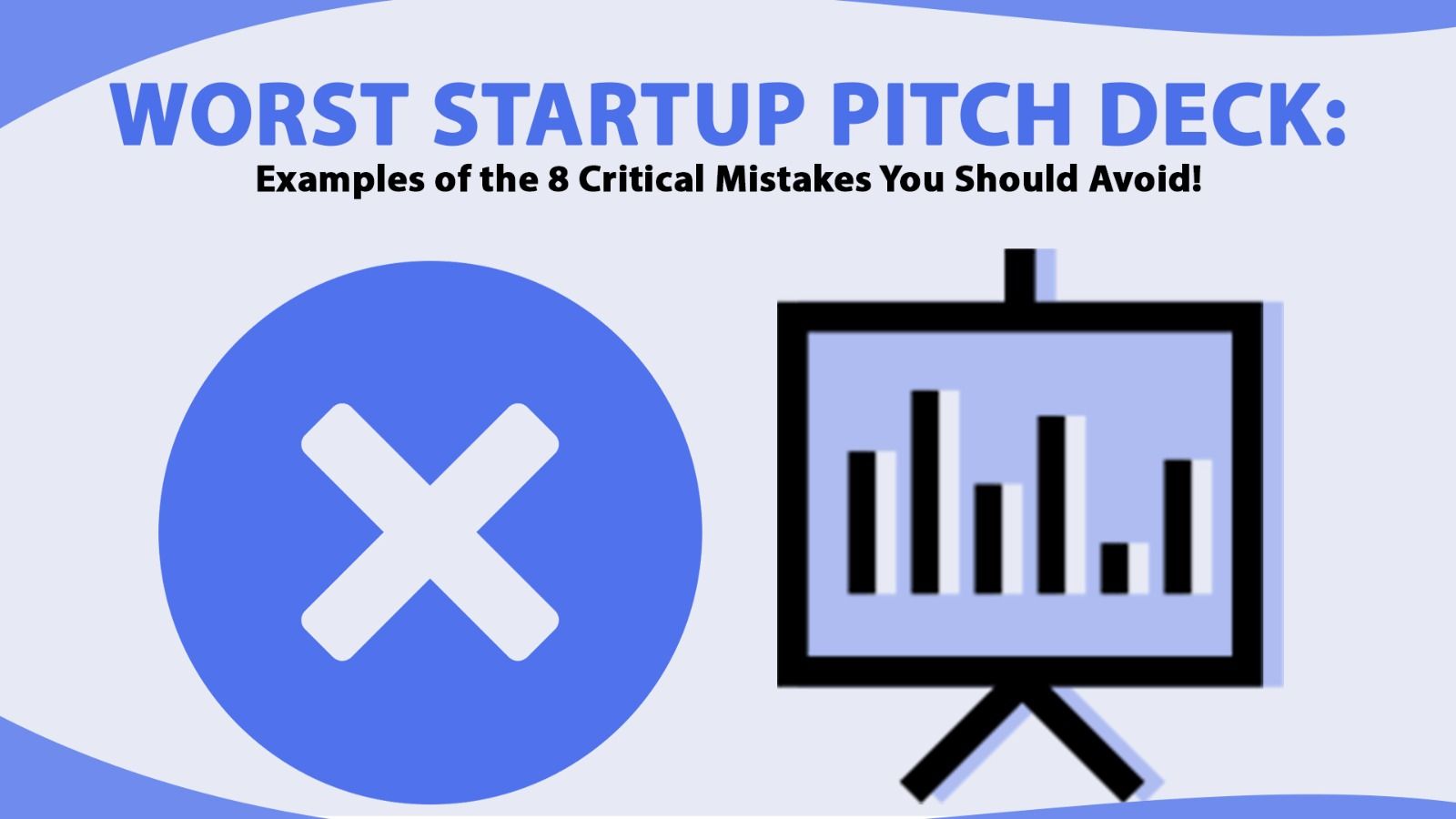5 Tips to Attract An Investor's Attention

Getting investors interested in your startup is extremely important for the success of your project, especially if it is capital intensive and it requires financial backing.
Even if this is not necessarily the case, however, the skills required to capture investor attention are highly transferable and can be used to attract partners, co-founders, employees, and even customers, so it’s worth understanding how to present your project in the best possible light.
Moreover, learning how to fundraise as efficiently as possible is crucial for another reason – opportunity cost. When you are fundraising, you are not working on your product or service. This means that the price of doing it unsuccessfully is very high, considering your time as a founder is the primary resource your project has in the early stages.
The startup fundraising process usually takes months, so the effort, time, and resources poured into fundraising are significant. It would be wise to do everything in your power to increase your odds of success.
1. Find somebody to introduce you
Even though the investment money available to startups is growing each year, it is still hard to attract the attention of investors because the competition is also growing.
Because of this, succeeding through a cold call is possible only if you have exceptional traction numbers.
Consequently, the right approach is to try to find introductions. Find people in your network who are connected to startups in any way – founders, people working in startups, etc. Talk to them about your project and ask them for an introduction to any investor or representative of a VC.
Even if the people you reach in this way are not an ideal fit for your startup, you can use their network – if they like you and your project, they would be happy to introduce you to people they know that are interested to invest in your market.
Last but certainly not least, InnMind exists exactly because this is a hard problem to solve on your own. By creating a project profile and using our resources and professional network you can vastly increase your access to investors.
2. Show genuine interest in the investor
Once you get into a conversation with a potential investor, it’s crucial to put a bit of effort to understand their side of the story.
What projects are they interested in? What were their latest investments? What companies did they enjoy working with and why?
Getting these details would help you understand if and how your project fits the needs of the investor.
Genuine interest goes a long way – investors are people, not traction number compilers, and they invest in people with whom they like working with.
If during your conversation you find out that you are not a good fit – be forthcoming with that, and ask the person you are talking with to get you in touch with someone with a compatible investment profile.

3. Broadcast your founder journey
We live in the world of social media, so you should use this to your advantage.
Creating a company of your own is interesting, and doing something innovative in any way adds another layer of notice on top of that. Most of your personal and professional acquaintances would love to stay updated on your founder's journey.
Choosing one social media to be active on is a very good idea. The obvious choices are Linkedin and Twitter, but Facebook is also viable in some parts of the world where it’s still the major platform on which people share personal news and thoughts.
The benefit of a good social media presence showcasing your professional journey is that your acquaintances would be aware of what you are doing, which makes you the go-to person for opportunities related to your domain. This is very valuable early on. Inbound connections would help you grow your professional network, giving you a much better chance to establish a strong link to the startup investor community (at least in your local market).
That said, doing this effectively, as everything worthwhile, takes effort. Besides updates, it’s a great idea to publish content. Having a blog or vlog in which you share your story, ideas, and lesson would increase the impact of doing this a lot, as it creates additional value for the people following you.
Of course, going overboard with this is not ideal. Creating content could take up all of your time, and after all, you are not trying to become an influencer. Rather, you are trying to keep people aware and interested in your founder's journey and your project. So, while content is important, it’s also important to choose content that gives you a lot of bang for the time invested.
A great example of how to do this extremely well is Gumroad’s Sahil Lavingia: he is consistently active on Twitter, without spending all of his time there. At the same time, every once in a while he writes in-depth blog posts about Gumroad and his professional journey, which helps him grow his audience.
Recently, he leveraged his popularity in the startup community to gain the attention of some of Silicon Valley’s best-known investors. Angel List’s Naval Ravikant and Basecamp’s Jason Fried invested $1M in Gumroad as the start of a $6M equity crowdfunding round, which subsequently raised the remaining $5M for an extremely short amount of time.
4. Show progress
Staying focused on building the backbone of your project is very hard to do, especially when it seems there are so many important and worthwhile peripheral things to do – the third tip from above (broadcasting your founder journey to get investor interest) being a great example.
Focus becomes even more challenging when other aspects of life start demanding your attention.
Last but certainly not least, the fundraising process itself is a big distraction – remember that fundraising is a means to an end, not an end in itself. Your long-term goal should be to improve your offering and grow your company. Raising capital is just one tactic that could help you achieve this goal, but it’s worthwhile to remember the high opportunity cost.
Whatever your fundraising efforts, you should make sure that they don’t take up all of your time. Remaining as focused as possible on your project is crucial not just because of the obvious reason, but because one of the best ways to close an investment is to demonstrate to your potential investors that you are making considerable progress even without them.
If you are making progress, each day that investors don’t put money in your project is a lost opportunity, because investing would become more expensive as your project grows and becomes less risky. This fear of missing out could be the biggest motivating factor that nudges investors to take the leap of faith.
5. Become an attractive investment
Last but most importantly, it takes a whole lot of effort to convince investors to invest in a bad project, and very little effort to convince them to invest in a startup that’s rapidly moving in the right direction.
Moreover, even if you manage to convince people to put money in a bad startup, this would almost certainly backfire. Possible reputational damage aside, money can’t save a project if the fundamentals are not good. Money is simply an amplifier of the efforts of the founding team.
With this in mind, the best thing you can do to attract investor attention is to build a high-quality startup.
Attract a competent, experienced, and motivated founding team. Put your mind on a worthwhile problem. Craft a good solution and validate it with real customers.
If you walk on this road without straying too much, investor interest would surely follow. After all, investors are looking for the best projects to put their money in. The best way to get their attention is to build a very convincing case that your project has all the characteristics of a winning bet.
As a summary
Attracting investor interest is a skill that you would most certainly need here in our ecosystem. While we do our best to connect you with the most suitable investors, at the end of the day it’s up to you as a founder to use this opportunity and to successfully close an investment.
And don't miss other interesting read for startup founders:










